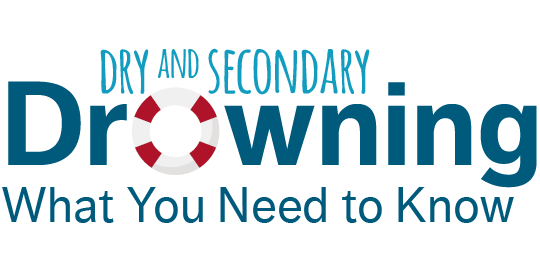TV Docs Don't Get at the Heart of Cardiac Risk
February 23, 2021By: Amy Bennett
Categories: Cardiac, Prevention, Your Wellness

Medical TV shows have long tried to show the telltale signs and symptoms of a heart attack. With stirring background music, a character clutches his chest, sweats heavily and collapses.
Popular shows such as “Grey’s Anatomy,” “Chicago Med” and “The Good Doctor” rally to save the patient. These scenes are not new to television. People of a certain age may remember “Dr. Kildare,” “Marcus Welby” and “St. Elsewhere.”
Yet, the reality of having a heart attack and – and the heart disease that leads to one – is quite different than what’s on TV.
Experts in Cardiac Care
Meritas Health Cardiology doctors and staff work with you to help you understand your options for heart care, so you can choose the treatment that’s right for you.
8 Signs and Symptoms of a Heart Attack
If you have any of these, call 911.
- Chest pain with pain, tightness or pressure that lasts more than a few minutes
- Dizzy or lightheaded feeling combined with chest pain or a feeling like you may pass out
- Indigestion or heartburn, especially if you have nausea and vomiting
- An irregular heartbeat with your heart racing or beating too slowly
- Jaw, back or arm pain, especially if it gets worse with exertion and stops when you quit
- Shortness of breath after climbing stairs, carrying groceries or other common physical activity
- Sweating combined with cold, clammy skin for no real reason
- Arm pain in your left arm or both arms
You Say Couch Potato, We Say Heart Risk
A 2019 study found sitting for long periods brings a greater risk of heart disease and death. Columbia University researchers followed people who watched four or more hours a day of TV. They had a 50% greater risk of heart events and death compared to people who watched less than two hours a day.
The researchers found eating a large meal and then sitting for hours also could be harmful. Other behaviors that lead to cardiac risk include:
- Being overweight
- Diabetes
- Family history of early heart disease (male family member diagnosed before age 55 or female family member diagnosed before age 65)
- High blood pressure
- High cholesterol
- High stress levels
- Lack of physical activity
- Older age
- Smoking
- Unhealthy diet
Move More for Your Heart
The researchers also found moderate-to-vigorous exercise may reduce or stop the harmful effects of a sedentary lifestyle. Other studies have linked inactivity and sitting too much with a higher risk of heart disease. Your heart will benefit from being more active. The American Heart Association recommends the following physical activity levels:
Adults
- Get at least 150 minutes per week of moderate-intensity aerobic activity or 75 minutes per week of vigorous aerobic activity, or a combination of both, preferably spread throughout the week.
- Add moderate- to high-intensity muscle-strengthening activity (such as resistance or weights) on at least two days per week.
- Spend less time sitting. Even light-intensity activity can offset some of the risks of being sedentary.
- Gain even more benefits by being active at least 300 minutes (five hours) per week.
- Increase amount and intensity over time.
Children
- Children 3-5 years old should be physically active and have plenty of opportunities to move throughout the day.
- Kids 6-17 years old should get at least 60 minutes per day of moderate- to vigorous-intensity physical activity, mostly aerobic.
- Include vigorous-intensity activity on at least three days per week.
- Include muscle- and bone-strengthening (weight-bearing) activities on at least three days per week.
- Increase amount and intensity gradually over time.



